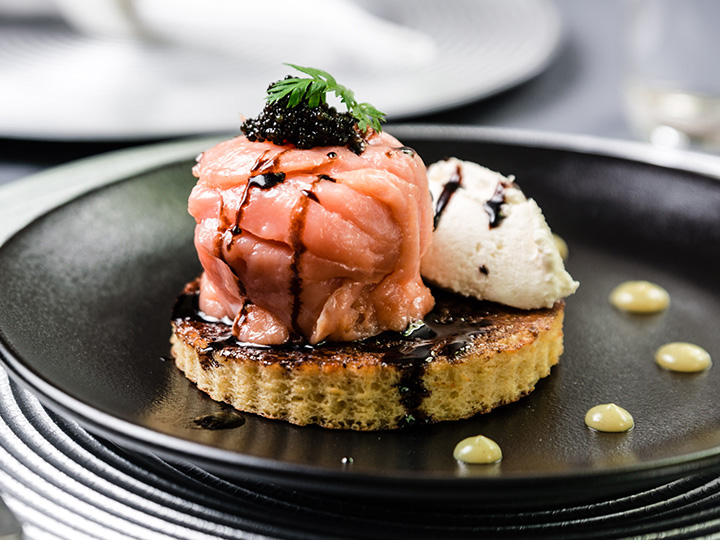At the Five Senses in Nairobi, I recently got a chance to experience how a fine-dining French restaurant is supporting environmental sustainability in the sourcing of its ingredient.
It was during the 6th edition of Good France, a global event by the French Ministry for Europe and Foreign Affairs, and organised locally by the Embassy of France.
The theme for 2021 is Sustainable Gastronomy, inspired by the United Nations COP21 conference on climate change conference. Chefs across the world are encouraged to share their culinary skills by sourcing ingredients in an environmentally friendly way.
“This year, we decided to partner with hospitality students from the Technical University of Kenya and connect them with a Kenyan chef who studied in France,” said Larry Asego, press and communications counsellor at the French Embassy.
Kimani Kiarie, head chef of Five Senses, trained at the prestigious Alain Ducasse culinary school in France said whatever he chooses to cook he ensures that all the ingredients are locally grown and sourced.
At the luncheon, Kiarie reinterpreted classic French dishes with Kenyan elements. The appetizer was a Swordfish tartare, cured with seaweed and light smoked, with apple cream cheese and a coconut-avocado sauce. It was a marvellous start to the meal, the smoky flavours balanced off well with the sweet ingredients.
The non-meat appetiser option was roasted plantain coated in crushed roasted macadamia nuts, with honey, mayonnaise, and mustard dressing. The aperitif that went along with the starter was either a glass of champagne from Charles Mignon Premium Reserve Brut or a Kir Royale where the champagne is flavoured with crème de cassis liqueur, the latter being ideal if you like sweet cocktails.
I was in the mood for more seafood. For the main course, I selected the lobster tail with asparagus heads and baby fennel. The Kenyan twist to this dish was the accompaniment of a smoked sweet potato puree. As part of its sustainable sourcing, Five Senses traces where its fish comes from and buys only line-caught fish harvested by local fishermen.
It is a procurement system that supports local jobs and communities versus commercial fishing trawlers owned by foreigners and which are contributing to the depletion of ocean fish stocks.
“We want to be watchful of the environment and to make sure that we are not damaging the ocean floor which is a big cause of global warming,” Chef Kiarie said.
The second main course option was a stuffed loin of rabbit with black pudding with an arrowroot fondant. Black pudding is like the local mutura blood sausage, the rabbit was tender and tasted like chicken, and I was surprised to learn that the arrowroot had been cooked for 12 hours.
“It is slow-cooked in duck fat to let it obtain more flavours,” explained Kiarie.
The third main dish choice was a twice-cooked chicken breast in a jus with broccoli stems, confit potatoes, and a corn-and-bean salsa, essentially a fancy take on githeri. It was a tasty dish, simple, and a good option for the less adventurous customer.
For the main course, we had an option of two wines. It is hard to go wrong with a good French vintage-like Domaine Brochard Sancerre, which is a dry white wine, and Cellliers des Princes Chateauneuf du Pape, a red wine from the famous wine-producing Rhone Valley in southwestern France.
A delightful surprise was having two desserts. I found the homemade smoked vanilla ice cream particularly intriguing.
Made from a regular crème anglaise custard sauce, Chef Kiarie infused it with tea leaves, smoked it, and then churned it into ice cream. To round it off he, “tempered it with milk chocolate and drizzled it on top to make the smoke effect more palatable.” It was exceptionally palatable ice cream.
Ice cream was followed by a warm upside-down apple tart topped with caramelized butter sugar. This was a heart-warming end to a wonderful French meal.
Story originally posted by Business Daily Africa
—
See another review with food blogger Dine with Jemutai here.

